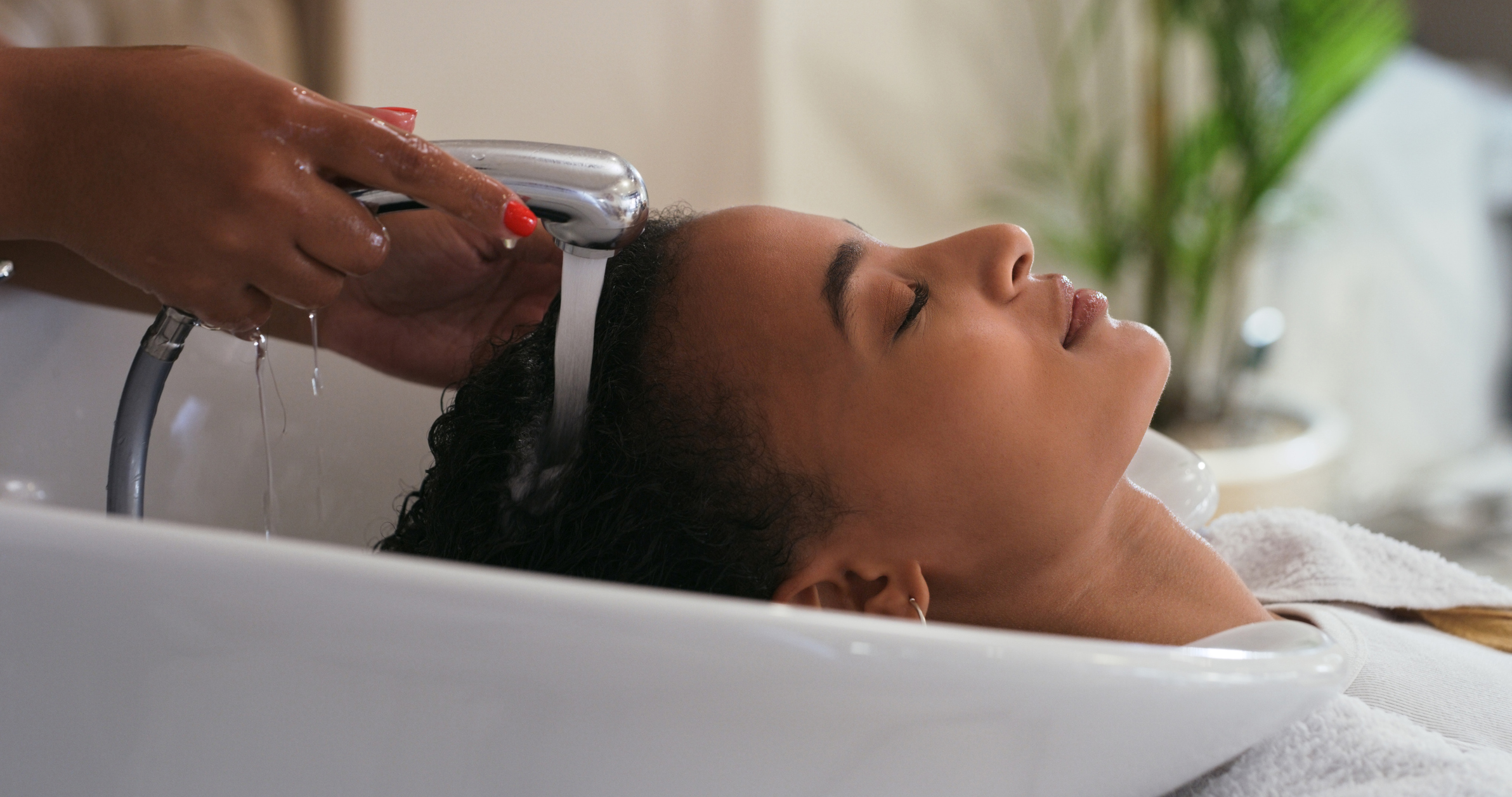Protective hairstyles are a tried and true method for maintaining healthy hair, while still expressing your individuality. Styles, like braids, twists and locs, shield hair from damage while serving as a cultural statement.
In recent months, distressed locs have emerged as one of the most iconic trending styles. These free-spirited, textured locs have taken social media and salons by storm, offering a bold, textured, and lived-in look. Distressed locs are a modern twist on traditional locs, combining the beauty of natural hair with the artistry of a bohemian vibe. Here’s everything you need to know about distressed locs, from what they are to how to achieve the artistic look.
What Are Distressed Locs?
Distressed locs are a variation of the traditional loc style, characterized by a slightly messy, textured and “worn-in” appearance. Unlike the classic neat and uniform locs, distressed locs feature intentionally frayed or loose ends, making them appear more lived-in and relaxed. This style embraces imperfections and showcases a natural, free-flowing look that gives off a bohemian or edgy vibe.
The beauty of distressed locs is in their versatility. You can use natural hair or synthetic extensions. They can also look different for everyone, depending on how distressed or lived-in they’re styled. This look allows you to break away from the more structured and tidy appearance of traditional locs while still maintaining the benefits of a protective style.
How to Do Distressed Locs
You can do distressed locs easily at home. The method you choose will depend on your hair type, length and desired look. Here’s a simple guide on how to achieve the style.
Materials Needed
- Hair Extensions: If you’re starting with natural hair and need added length or thickness, choose a good quality synthetic hair.
- Rat-tail Comb: For parting and sectioning your hair accurately.
- Locking Gel or Cream: A product designed for creating and maintaining locs.
- Crochet Hook or Latch Hook Tool: This is essential for interlocking or crocheting the locs together, especially when you’re adding synthetic hair or distressing existing locs.
- Scissors: To trim or shape the locs, especially to create the frayed and distressed look.
- Hairspray or Oil: To finish the look and keep the locs moisturized.
- Clip or Hair Tie: To section off your hair as you work.
Distressed Locs Tutorial
- Section Your Hair: Start by parting your hair into small, even sections using a rat-tail comb. Smaller sections will create finer locs, while larger sections will create chunkier locs.
- Prepare Your Extensions: If you’re adding synthetic hair to your natural hair, cut the extensions to your desired length. Marley hair works well for distressed locs because of its texture. For each section, split the extension hair into smaller pieces to interlock with your natural hair.
- Start Twisting or Interlocking: Begin by twisting or interlocking your natural hair with the synthetic hair to form the loc. Ensure the base of the loc is tightly formed, but leave the ends loose to create the distressed effect.
- Create the Distressed Look: The distressed style comes from intentionally loosening or roughing up the locs. Gently pull at the locs to loosen sections of hair and create frayed ends or bumps along the length of the loc. Use your fingers to rub or pull at the locs in areas where you want to emphasize the distressed effect.
- Trim and Shape the Locs: Once your locs are twisted or interlocked, you can trim the ends to your liking. Some people also choose to backcomb the locs or rub the length between their hands to create a fuller, rougher texture.
- Seal the Style: Spray the locs lightly with a setting spray or hairspray to keep the locs in place. You can also apply a small amount of oil to keep your hair moisturized and healthy-looking.
- Let It Dry and Set: If you’ve used any styling gels or creams, let the locs dry completely.
